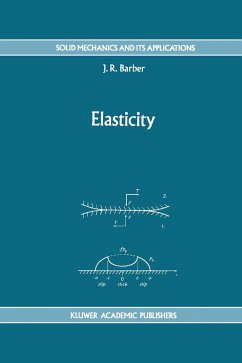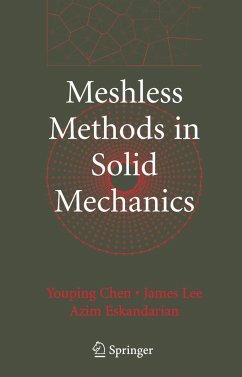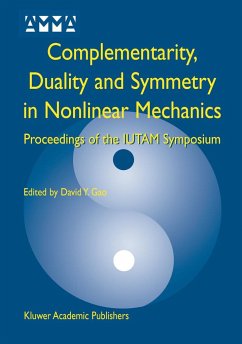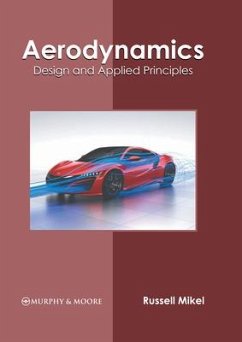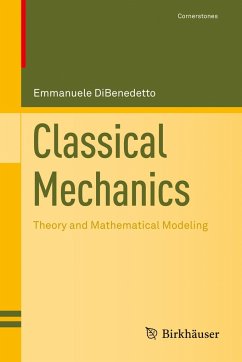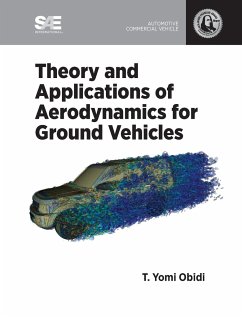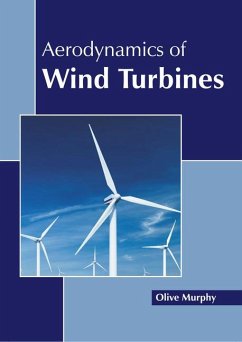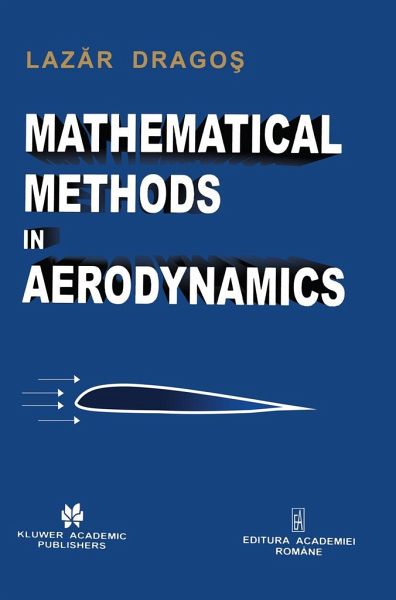
Mathematical Methods in Aerodynamics
Versandkostenfrei!
Versandfertig in über 4 Wochen
213,99 €
inkl. MwSt.
Weitere Ausgaben:

PAYBACK Punkte
107 °P sammeln!
The researchers in Aerodynamics know that there is not a unitary method of investigation in this field. The first mathematical model of the air plane wing, the model meaning the integral equation governing the phe nomenon, was proposed by L. Prandtl in 1918. The integral equation deduced by Prandtl, on the basis of some assumptions which will be specified in the sequeL furnishes the circulation C(y) (see Chapter 6). U sing the circulation, one calculates the lift and moment coefficients, which are very important in Aerodynamics. The first hypothesis made by Prandtl consists in replacing the wi...
The researchers in Aerodynamics know that there is not a unitary method of investigation in this field. The first mathematical model of the air plane wing, the model meaning the integral equation governing the phe nomenon, was proposed by L. Prandtl in 1918. The integral equation deduced by Prandtl, on the basis of some assumptions which will be specified in the sequeL furnishes the circulation C(y) (see Chapter 6). U sing the circulation, one calculates the lift and moment coefficients, which are very important in Aerodynamics. The first hypothesis made by Prandtl consists in replacing the wing by a distribution of vortices on the plan-form D of the wing (i. e. the projection of the wing on the plane determined by the direction of the uniform stream at infinity and t he direction of the span of the wing). Since such a distribution leads to a potential flow in the exterior of D and the experiences show that downstream the flow has not this character, Prandtl introduces as a sup plementary hypothesis another vortices distribution on the trace of the domain D in the uniform stream. The first kind of vortices are called tied vortices and the second kind of vortices are called free vortices.




